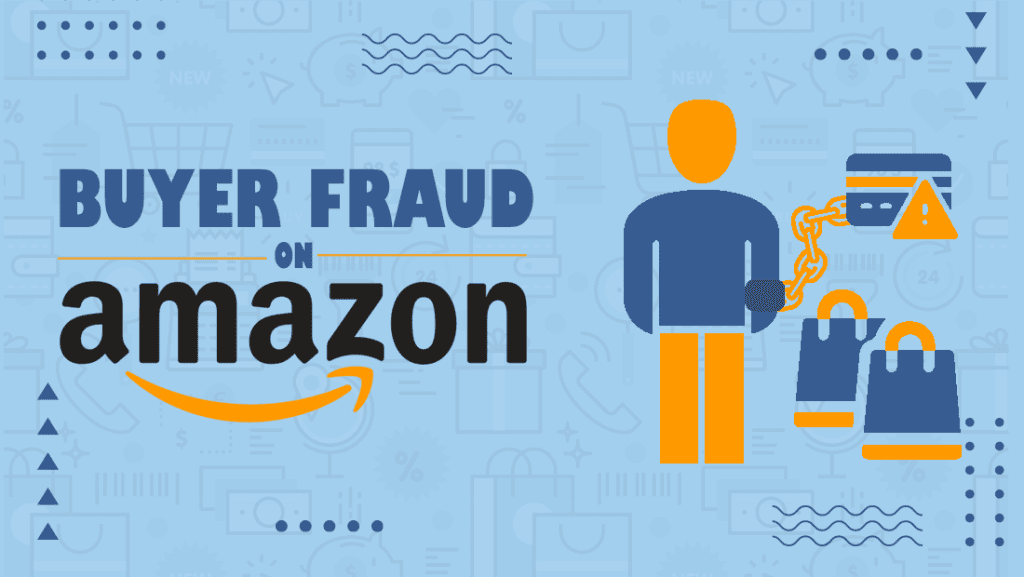Table Of Content
Introduction
Understanding Buyer Fraud on Amazon
Common Forms of Buyer Fraud
Impact on Sellers
Mitigating the Risks of Buyer Fraud
Conclusion
Introduction
In the expansive landscape of e-commerce, the prevalence of buyer fraud has emerged as a concerning challenge for both seasoned and novice sellers on Amazon. This blog aims to delve into the intricacies of buyer fraud, shed light on its manifestations, and offer insights into mitigating the risks associated with fraudulent activities.
Understanding Buyer Fraud on Amazon
Buyer fraud refers to deceptive practices carried out by individuals with the intent to gain an unfair advantage or exploit the online purchasing system. On Amazon, this can manifest in various forms, impacting sellers and the overall integrity of the marketplace.
Common Forms of Buyer Fraud
False Claims of Non-Delivery
Buyers falsely claim that the ordered item was not delivered, leading to refunds or replacements. This can be especially challenging for sellers of digital goods.
Item Switching
Some buyers engage in item switching by replacing the received product with a different or inferior item and then filing a return for a refund.
Abuse of Return Policy
Buyers exploit Amazon’s generous return policy by making false claims about the condition of the product, leading to unwarranted returns and refunds.
- Unauthorized Returns:
- Buyers may return items without the seller’s approval, sometimes sending back damaged or substituted products.
- Refund Abuse:
- Some buyers abuse the refund process by repeatedly requesting refunds for items without returning them, leading to financial losses for sellers.
Impact on Sellers
- Financial Losses:
- Seller accounts can suffer significant financial losses due to fraudulent refund requests and unwarranted returns.
- Negative Impact on Seller Metrics:
- Excessive returns and claims can negatively impact seller metrics, affecting the overall health of the seller’s account.
- Loss of Merchandise:
- Item switching and unauthorized returns can result in the loss of merchandise for sellers, further exacerbating the financial impact.
Mitigating the Risks of Buyer Fraud
- Implement Robust Customer Service:
- Responsive and proactive customer service can help address buyer concerns promptly, reducing the likelihood of fraudulent activities.
- Track and Document Shipments:
- Maintain detailed shipping records and tracking information to dispute false claims of non-delivery.
- Monitor Return Patterns:
- Regularly analyze return patterns and be vigilant for any suspicious activities, such as a high frequency of returns from specific buyers.
- Leverage Amazon’s Seller Protection:
- Familiarize yourself with Amazon’s Seller Protection policies and utilize them to dispute unwarranted claims.
- Educate Buyers on Policies:
- Clearly communicate your return policies to buyers to set expectations and discourage fraudulent activities.
Conclusion
While buyer fraud on Amazon poses inherent challenges, sellers can navigate this complex landscape by adopting proactive measures, leveraging platform protections, and maintaining open communication with buyers. By staying vigilant and informed, sellers can protect their businesses from the adverse effects of fraudulent activities, contributing to a more secure and trustworthy marketplace for all.





